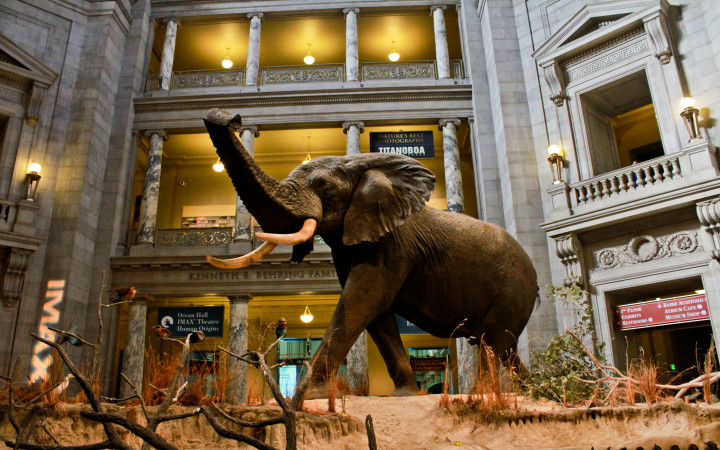Today’s Wonder of the Day was inspired by Wonder Friend. Wonder Friend Wonders, “How Did the Smithsonian Get Started?” Thanks for WONDERing with us, Wonder Friend!
Have you ever visited a museum? How about a zoo? Many people of all ages enjoy learning and having fun in these places. Does that sound like you? If so, the subject of today’s Wonder of the Day might be a name you already know. That’s right, today we’re learning about the Smithsonian!
Today, the Smithsonian Institution is a household name. People both in the U.S. and around the world know it as a center for knowledge and learning. With this renown, it’s surprising to many when they learn the Smithsonian is less than 200 years old.
How did the Smithsonian get started? The story begins with a British scientist named James Smithson. During his lifetime, Smithson didn’t have any children. Upon his death, he left everything to his nephew.
Smithson’s will further stated what should happen if his nephew passed away without an heir. In this case, he wanted his estate to be given to the United States to found the Smithsonian Institution. He said it should be “an establishment for the increase and diffusion of knowledge.”
James Smithson passed away in 1829. His nephew died just six years later and had no heir. That’s how, in 1935, the U.S. received just over $500,000 to found the Smithsonian Institute. After a decade of debate over what the institute should be, the Smithsonian was officially founded on August 10, 1846.
Today, the Smithsonian Institute includes 19 museums and the National Zoo. It houses nearly 155 million artifacts, but only about one percent of these are open to viewing at a given time. Admission is free to the public at all locations.
What can you see at the Smithsonian? Its museums hold many interesting items. From priceless pieces at the American Art Museum to fossils at the Museum of Natural History, the Smithsonian has options for everyone.
A few specific artifacts at the Smithsonian have wowed the public over the years. For instance, a new species of dolphin was found in the institute’s archives in 2016. Cultural items like the red slippers from “The Wizard of Oz” are another favorite.
Even James Smithson himself eventually became part of the institute. He never visited the U.S. in his lifetime. But in 1904, his remains were moved to the Smithsonian Institution Building. Today, his crypt is still there.
Have you ever been to the Smithsonian? If not, we hope you get to go one day! Which of its museums would you most like to visit? Seeing priceless artifacts in person is a great way to learn about the world we live in.
Standards: CCRA.R.1, CCRA.R.2, CCRA.R.4, CCRA.R.10, CCRA.W.2, CCRA.W.4, CCRA.W.9, CCRA.L.1, CCRA.L.2, CCRA.L.3, CCRA.L.6, CCRA.SL.1, CCRA.SL.2




